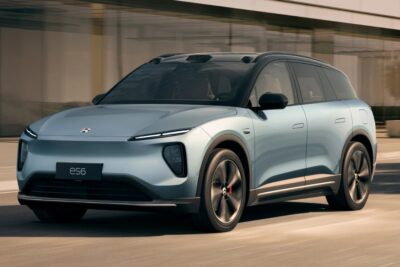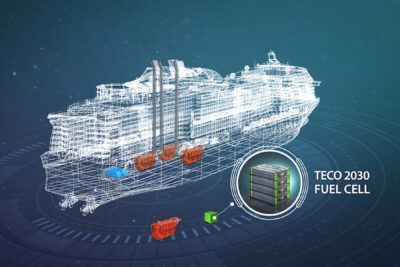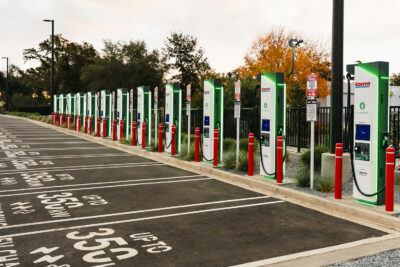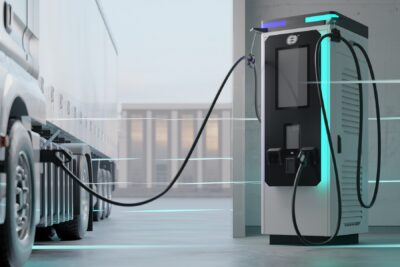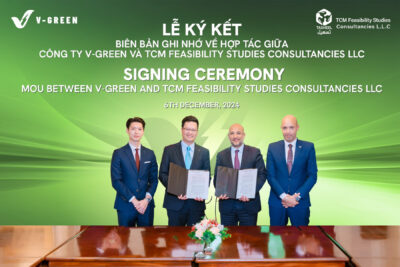
Yolo County, a stretch of rolling hills between the Napa Valley and Sacramento, California, has become one of the first municipalities in the US to put a new Volvo DD25 Electric compactor into service.
Yolo County’s Climate Action and Adaptation Plan calls for electrifying the county’s entire fleet of on- and off-road equipment. The fleet currently includes six electric forklifts and two electric pickup trucks, and three more EVs are on the way.
“The DD25 Electric will help us achieve our goals in several ways: by reducing emissions, lowering noise levels, being more energy-efficient, improving working conditions and promoting environmentally friendly practices,” said Fleet Superintendent Ben Lee.
The double-drum compactor from Volvo Construction Equipment will help Lee’s team with a variety of projects. “We’ll use it to compact soil, gravel and other base materials for road and foundation projects, as well as rolling out and leveling asphalt during road construction and resurfacing.”
Lee was introduced to Volvo’s electric machines at a recent open house event in San Leandro. “The Volvo team played a key role in this decision by helping us assess how the DD25 Electric would meet our specific operational needs and sustainability goals while working within our budget,” he said.
“After discussing the features and benefits of the DD25 Electric plus the upcoming Clean Off-Road Equipment (CORE) Voucher Incentive program, Ben was very interested, and I knew it would be a good fit,” said Scott Nadell, a Government Sales Rep at Volvo Construction Equipment and Services. “This model is great for the light-duty applications like patch rolling and smaller paving jobs they do.”
Lee and Nadell discussed how a CORE voucher could subsidize the purchase, and had the necessary documentation ready to submit as soon as the voucher program opened. “Fortunately, they were approved for the grant, and we had a machine already being built at our factory in Pennsylvania that met the fleet’s requirements, so the rest is history!” said Nadell.
Yolo County’s DD25 Electric compactor will need to charge no more than a few overnights per week using an existing Level 2 AC charger at their fleet facility. The machine will typically operate for three to four hours a day, and the charge is expected to last for at least six to eight hours.
“There are some remote areas in the county, so we’re looking into a mobile, self-contained charging unit as well, so we wouldn’t have to bring the machine back to the yard each night during a long-term project,” said Lee.
Unlike legacy diesel equipment, electric machines do not idle, so energy stored in the battery is only consumed when work is being done. Compared to a diesel, the DD25 Electric offers simplified maintenance, it’s quieter, and its smoother ride helps operators feel less fatigued at the end of a shift. These benefits do not come at the cost of power or performance. Volvo’s 48-volt battery provides 33 hp and 24 kWh of energy—30% more than the diesel model. The drum frequency can be adjusted from 3,500 vpm (55 Hz) to 4,000 vpm (67 Hz) to address different applications.
Source: Volvo Construction Equipment

